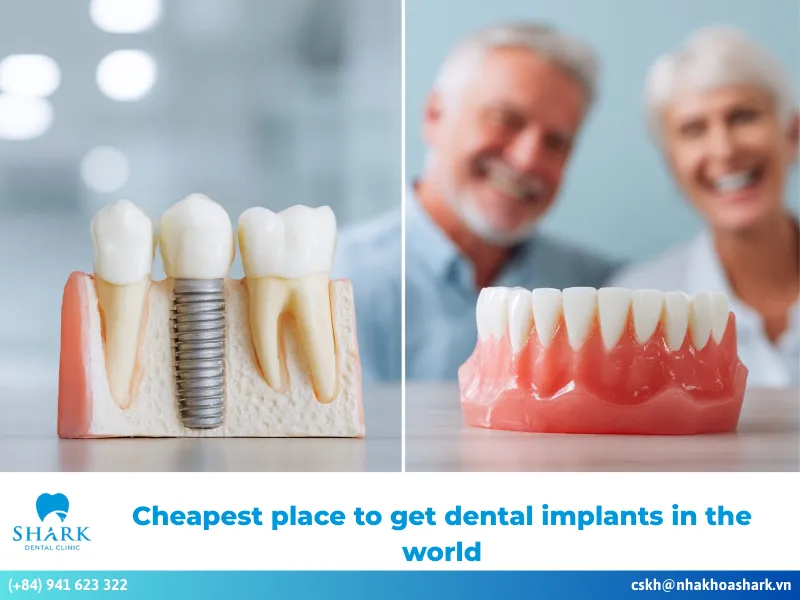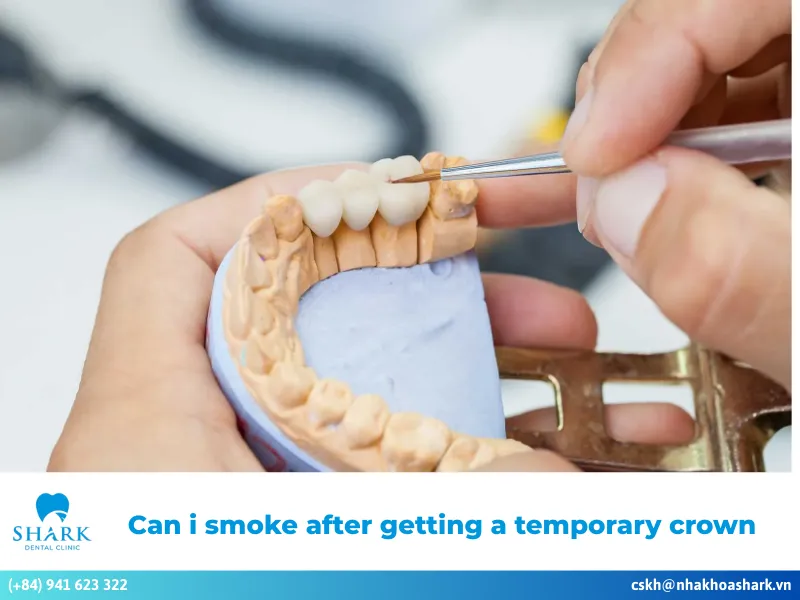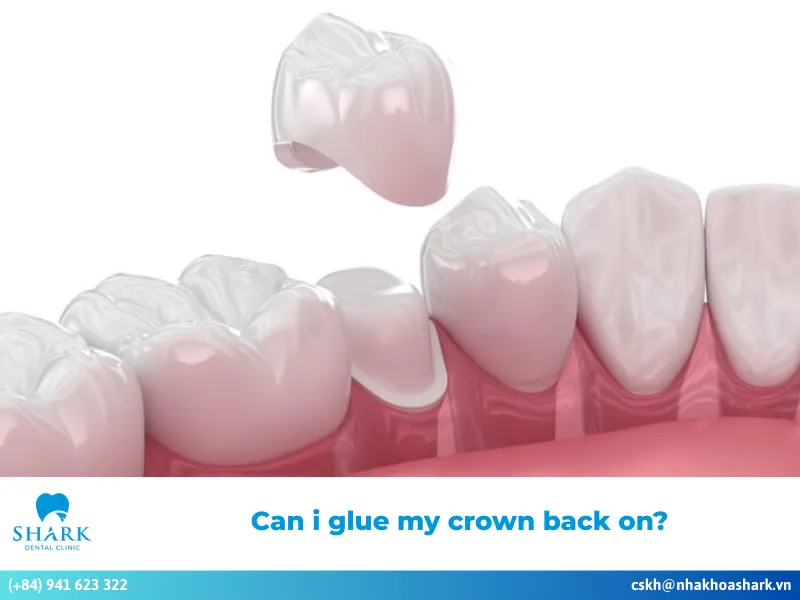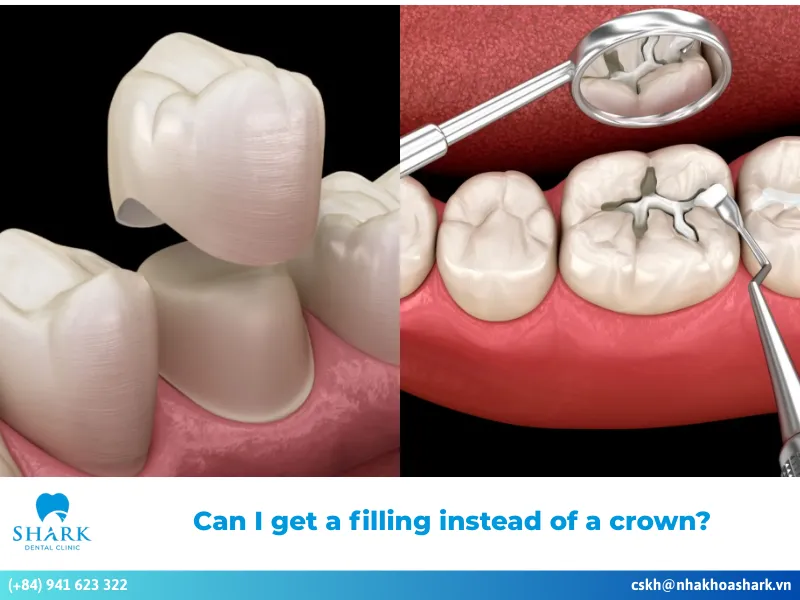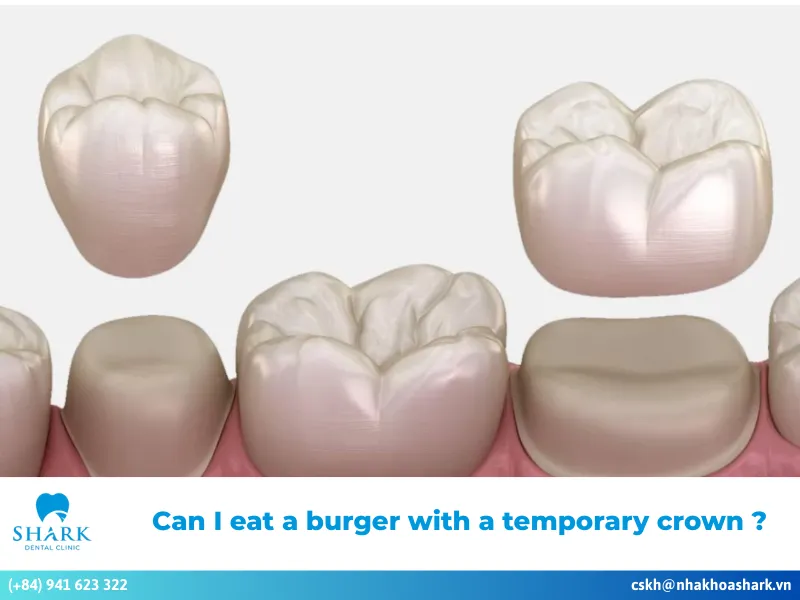Maintaining a clean mouth and following proper dental hygiene is essential for keeping your teeth strong and healthy, especially for those with braces. In this article, Shark Dental Clinic will provide detailed steps on how to brush your teeth effectively while wearing braces. Follow these tips daily for the best results!
How to brush your teeth with braces
Brushing your teeth while wearing braces requires careful and thorough daily oral care. Proper cleaning is crucial for achieving optimal results and preventing common dental issues. Neglecting this can lead to loose brackets, which can derail your entire orthodontic treatment.
Additionally, if the wires and brackets aren’t cleaned daily, they can harbor bacteria, resulting in oral diseases such as tooth decay, periodontitis, and gingivitis.
During your orthodontic treatment, adhere to the following oral hygiene steps as recommended by specialists:
Step 1: Brush your teeth with a regular or electric toothbrush
Whether you use a regular or electric toothbrush, it’s essential for people with braces to brush daily. Choose a regular soft-bristled toothbrush and use fluoride toothpaste to protect your enamel. Brush from the inside out, ensuring you cover all tooth surfaces to thoroughly remove leftover food particles and bacteria.
>>> Read more: Best toothbrush for braces
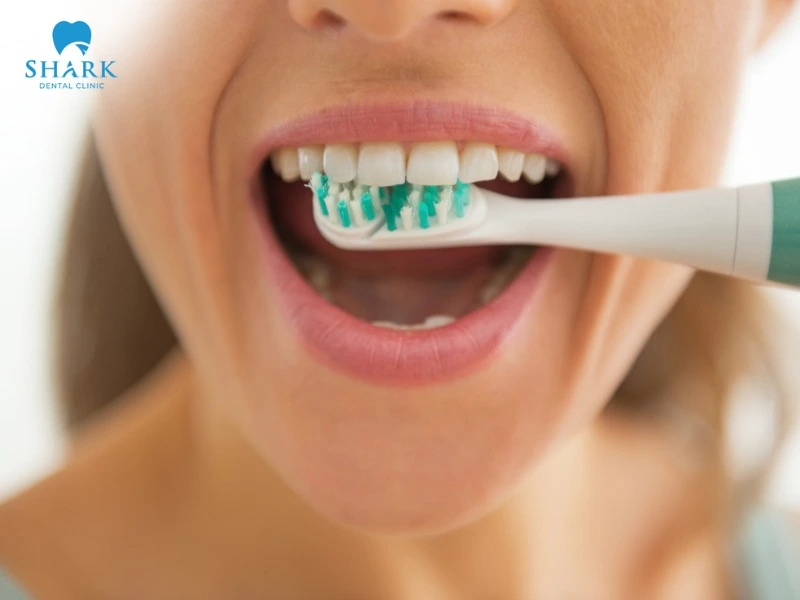
Step 2: Rinse your mouth
After brushing, use mouthwash to eliminate any remaining food debris. Mouthwash or saline solution can help kill bacteria, minimizing the risk of infection and gum swelling.
Step 3: Use a water flosser
Next, employ a water flosser to clean between your teeth and around the brackets. The strong water pressure effectively removes food particles trapped in hard-to-reach areas, reducing the risk of common dental diseases.
Step 4: Use an interdental brush
While wearing braces, food can easily get stuck, making oral hygiene more challenging. An interdental brush is crucial in this case. This small-headed brush helps clean plaque around the brackets, keeping your mouth fresher and cleaner.
Step 5: Use dental floss
Dental floss is a valuable tool for those with braces. Its thin, delicate thread effectively removes leftover food stuck between teeth and around brackets that a toothbrush cannot reach.
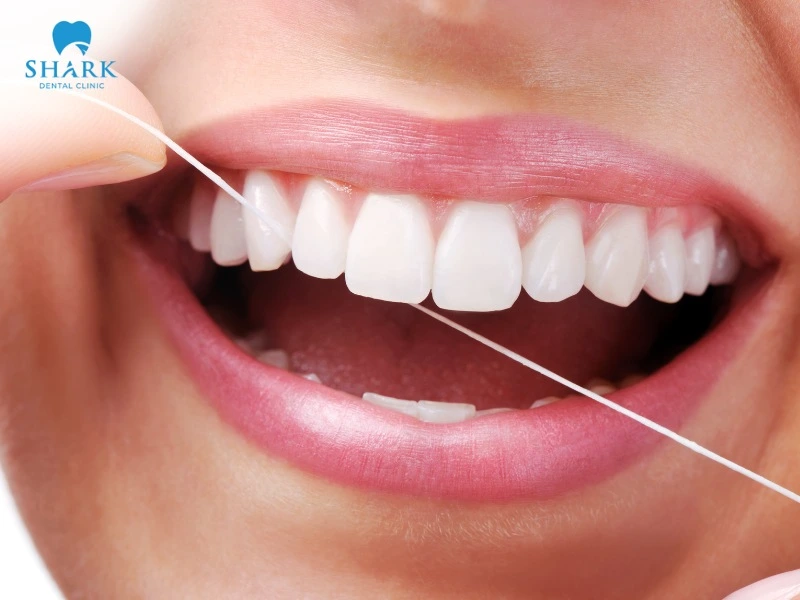
Step 6: Use orthodontic wax
Sometimes, braces can cause discomfort when the wires and brackets rub against your lips or cheeks. In such cases, apply orthodontic wax to cover these areas. The wax layer reduces friction, prevents gum irritation, and helps maintain oral hygiene during orthodontic treatment.
Step 7: Clean your tongue and gums
In addition to brushing your teeth, it’s important to clean your tongue and gums. These areas can accumulate bacteria, leading to bad breath and an increased risk of infection. Make sure to clean your tongue and gums thoroughly by rinsing with mouthwash or using a tongue cleaner or gauze to ensure a bacteria-free and fresh oral cavity.
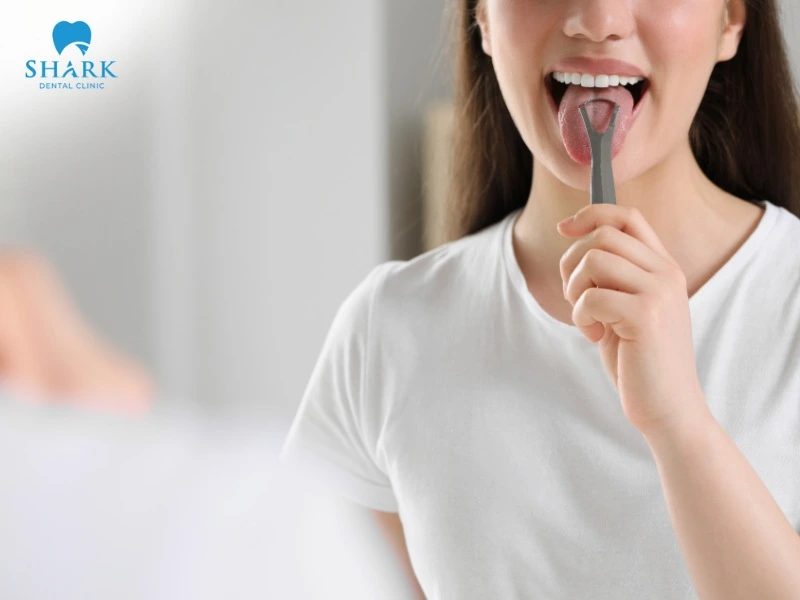
How to clean between your teeth with braces
Cleaning between your teeth while wearing braces can be challenging, as food and bacteria can easily get trapped in those spaces, potentially leading to infections. Therefore, it’s crucial for individuals with braces to learn effective cleaning techniques:
Use dental floss
Dental floss for braces is a thin, soft, elastic thread that effectively removes food particles stuck between teeth while being gentle on the gums. During orthodontic treatment, it’s advisable to replace wooden toothpicks with dental floss for daily oral care.
How to use:
- Take a piece of dental floss of an appropriate length and wrap it around both index fingers.
- Gently thread the floss between your teeth.
- Move the floss back and forth, as well as up and down, to remove food particles and plaque.
Use antibacterial mouthwash
Antibacterial mouthwash is effective in killing bacteria in the oral cavity, preventing plaque buildup between teeth, and reducing gum swelling and infection. Additionally, regular rinsing also keeps your breath fresh and improves bad breath.
How to use:
- Pour an appropriate amount of mouthwash into your mouth.
- Rinse thoroughly, swishing the liquid around, and avoid swallowing.
- Rinse for about 30 seconds each time, twice daily—in the morning and before bed.

Use an interdental brush
An interdental brush is a specialized tool designed to effectively clean between teeth, making it particularly suitable for individuals with braces. Its thin and small design allows it to reach narrow spaces between teeth easily.
How to use:
- Prepare an interdental brush, place it under the lip, and gently brush into the spaces between teeth.
- Move the brush back and forth across all interdental spaces to remove leftover food and bacteria.
Use a water flosser
A water flosser is an effective tool for oral cleaning. Its strong water jets can penetrate between teeth, removing food debris and bacteria that a regular toothbrush might miss, thus improving overall oral hygiene during orthodontic treatment.
How to use:
- Attach the water flosser tip and fill the tank with warm water, as this can help reduce tooth sensitivity and discomfort.
- Plug in the device and select the desired cleaning mode. Start at a low level and gradually increase the pressure for comfort.
- Place the tip of the flosser inside your mouth, close your lips, and turn on the device.
- Move the flosser across all interdental spaces to thoroughly clean your mouth.
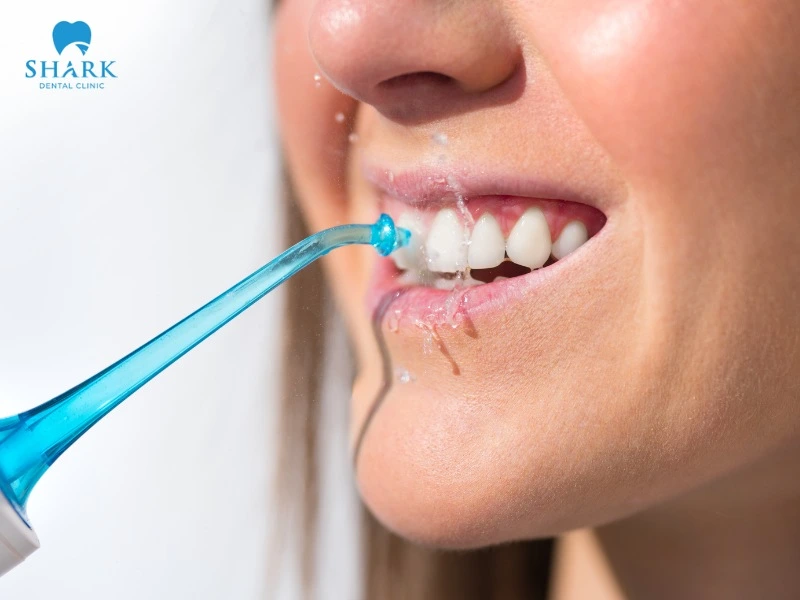
The methods mentioned above for how to brush your teeth with braces are highly recommended by dental specialists. To achieve optimal results from your orthodontic treatment and protect your oral health, it’s essential to follow proper oral hygiene practices and maintain a balanced diet!





